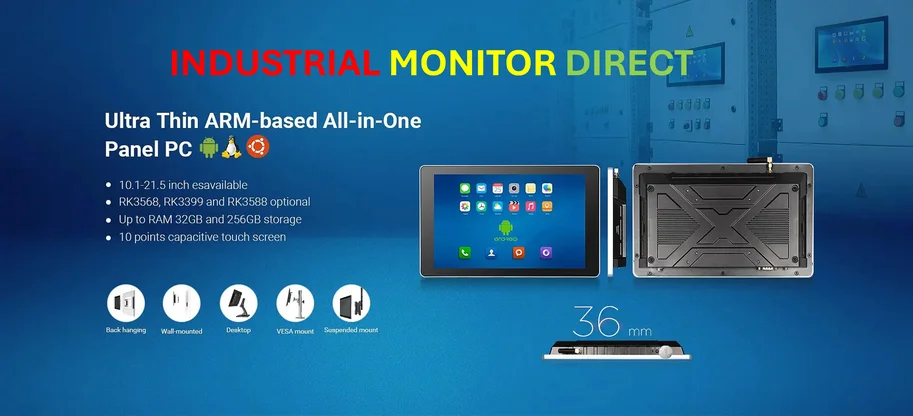According to TechCrunch, Google just released Nano Banana Pro, its latest image generation model built on the newly launched Gemini 3. The upgraded model can generate images at 2K and 4K resolutions, a significant jump from the previous 1024 x 1024 pixel cap. It costs $0.139 per 1080p/2K image and $0.24 for 4K generation, compared to the original model’s $0.039 per image. Nano Banana Pro features improved text rendering across different styles and languages, plus web search capabilities for tasks like recipe lookup and flash card creation. The model is rolling out across Google’s ecosystem including Gemini app, Notebook LM, Google Slides, and Vids, with free users getting limited access before being downgraded to the original model.
The price of progress
Here’s the thing about AI upgrades – they almost always come with trade-offs. Google‘s being pretty upfront about this: Nano Banana Pro is both slower and significantly more expensive than its predecessor. We’re talking about a model that costs roughly 3.5x more for 2K images and over 6x more for 4K generation. That’s a massive price jump that will definitely make businesses and power users think twice before generating thousands of images.
But honestly, the capabilities sound pretty impressive. Being able to blend up to 14 objects in a single image while maintaining consistency across five different people? That’s not just incremental improvement – that’s a substantial leap forward for creative professionals who need precise control over their outputs. And the camera angle, lighting, and color grading controls suggest Google’s really targeting the pro market here.
Where this fits
Google’s rollout strategy is telling. They’re making this available across their entire ecosystem – from the Gemini app to Workspace tools like Slides and Vids. This isn’t just another AI toy; it’s becoming integrated infrastructure. The tiered access is smart too – free users get a taste, but serious creators will need to upgrade to AI Plus, Pro, or Ultra subscriptions.
What’s interesting is the timing. Releasing this just days after Gemini 3 suggests Google’s moving fast to consolidate their AI offerings. They’re basically saying “if you’re invested in our ecosystem, you get the good stuff first.” And for developers, having API access through Google AI Studio and their new Antigravity IDE means we’ll probably see third-party apps leveraging these capabilities soon.
The watermark question
Google’s including SynthID watermarking in the Gemini app, which lets users check if an image was generated by their models. That’s a step toward transparency, but it raises questions. Why aren’t they supporting broader standards like C2PA? Are they creating their own walled garden for AI content verification?
Basically, as these models get better at creating realistic images, the authentication problem becomes more urgent. It’s good that Google’s thinking about this, but industry-wide standards would be better than proprietary solutions. Still, being able to try the demo and see these capabilities firsthand is a smart move – it lets users judge the quality for themselves.




